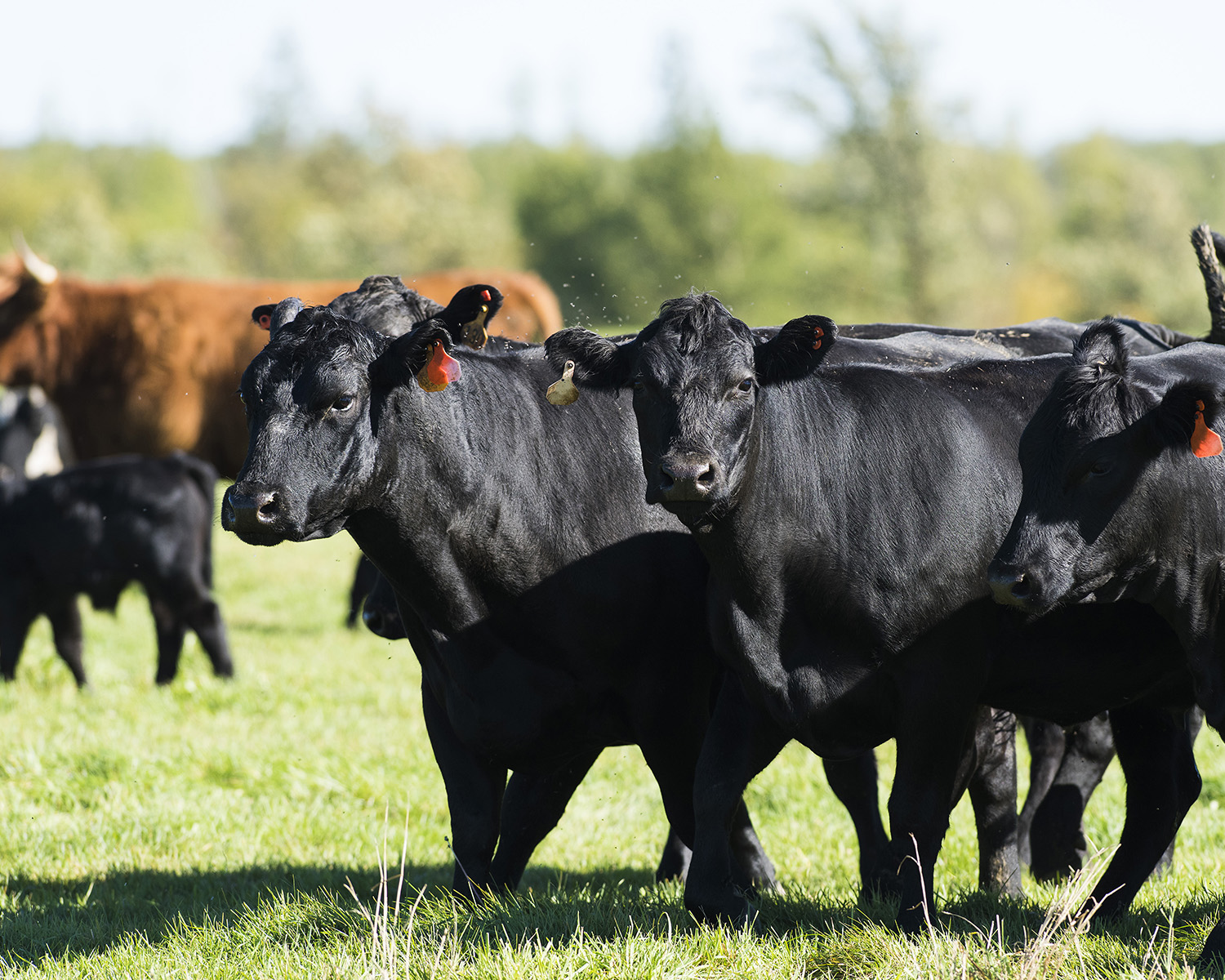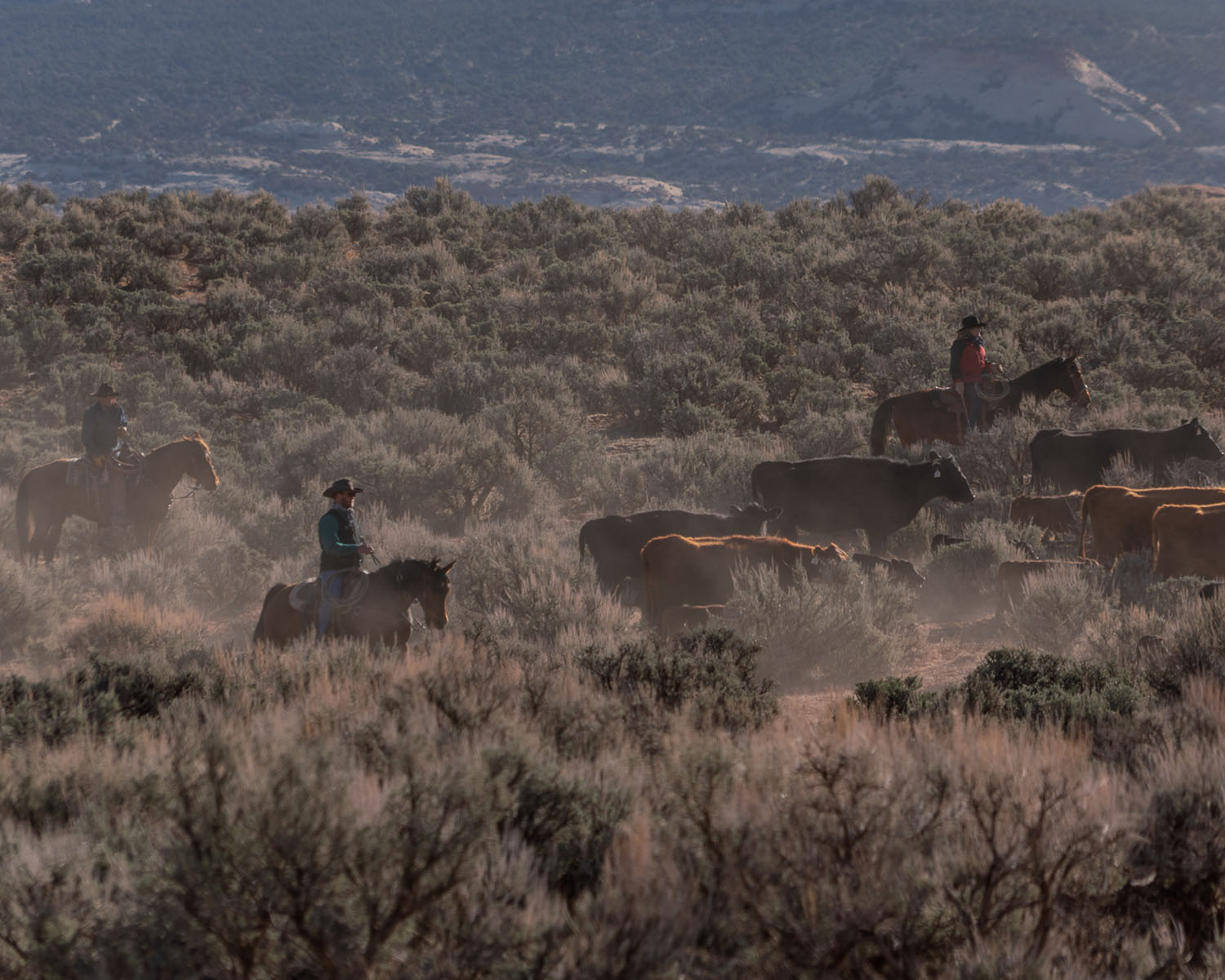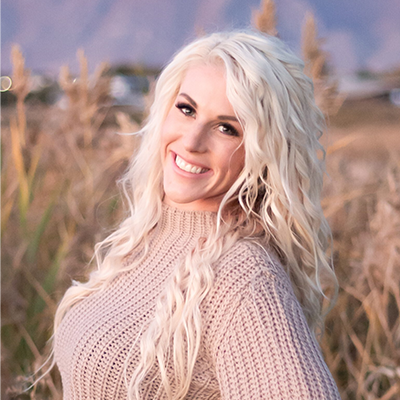Receiving Loss (Indemnity) Checks
When You Are Entitled To An Indemnity
The short answer is that you are entitled to an indemnity through your PRF insurance policy when your insured grid receives less rainfall than your chosen percentage of the historic average during your covered intervals.
As stated by the USDA’s Risk Management Agency (RMA), “An indemnity may be made only if the final grid index for the insured unit is less than your trigger grid index” (Ri/VI Basic Provisions Handbook, RMA, Page 12, Section 8, Paragraph (a)).
As far as timing is concerned, the RMA states “When an indemnity is owed, it will be issued to you not later than 60 days following the date RMA publishes the final grid index for the grid ID and applicable index interval.”(Ri/VI Basic Provisions Handbook, RMA, Page 17, Section 8, Paragraph (d)). You can find out when the final grid index for an interval is finalized by visiting https://public-rma.fpac.usda.gov/apps/PRF .
*Please note that there are factors that may delay your receiving of a loss check or indemnity, such as inaccurate or missing proof of livestock ownership, land verification documents, etc. Check with your insurance agency if your loss check is delayed. Keep in mind that signing up for PRF coverage for the next year is never a requirement for receiving an indemnity check.
Under no circumstances, should an agency withhold a cleared indemnity or loss check. If your cleared indemnities or loss check(s) are being withheld by your agency, please contact the RMA to report a violation.
How Much Indemnity Are You Entitled To?
Your indemnity and loss check amounts are directly related to your policy’s coverage level and finalized rainfall data, which is why no indemnity or loss check can be issued until after grid rainfall indexes are finalized. It’s also important to keep in mind that you are only eligible to receive indemnities by the index intervals selected by you (Ri/VI Basic Provisions Handbook, RMA, Page 21).
The RMA outlines the calculation as follows: “For the purposes of calculating an indemnity payment for each unit, your payment calculation factor will be [(your trigger grid index - final grid index) ÷ your trigger grid index]. The indemnity for the unit will be equal to the calculation factor multiplied by the policy protection per unit. “ (Ri/VI Basic Provisions Handbook, RMA, Page 12, Section 8, Paragraphs (b)-(c)).
An agency cannot under any circumstances alter cleared loss checks or indemnities from their calculated amount.
PRF Insurance Premiums
How Are Premium Amounts Calculated For PRF Insurance?
As outlined by the RMA, your premium amount is based on the dollar amount of protection per acre, which is equal to the county base value per acre multiplied by the coverage level selected by you multiplied by the productivity factor selected by you (Ri/VI Basic Provisions Handbook, RMA, Page 17). To calculate your premium amount, your policy protection per unit is multiplied by the premium rate and by any other premium adjustment percentages that may apply. Your annual premium is the sum of premium for all units that you insure (Ri/VI Basic Provisions Handbook, RMA, Page 20).
Can Your PRF Agent Alter Your Premium Amount?
In most cases, your agent cannot alter your premium amount, as the amount is based county base values determined by the RMA. However, premium amounts can be adjusted in the cases of beginner farmers and ranchers, veteran farmers and ranchers, or ranchers insuring land that falls on native sod acreage.
Beginner Farmers or Ranchers
The RMA considers a beginner farmer or rancher to be “an individual who has not actively operated and managed a farm or ranch in any state, with an insurable interest in a crop or livestock as an owner-operator, landlord, tenant, or sharecropper for more than five crop years, as determined in accordance with FCIC procedures.” (Ri/VI Basic Provisions Handbook, RMA, Page 1).
A beginner farmer or rancher can have their administrative fee waived if they request it. They’re also entitled to a premium subsidy of “10 percentage points greater than the premium subsidy that you would otherwise receive, unless otherwise specified in the Special Provisions.” (Ri/VI Basic Provisions Handbook, Page 14, Section 11, para. (e)(1), para. (g)).
Veteran Farmers or Ranchers
The RMA considers a veteran farmer to be “an individual who has served active duty in the United States Army, Navy, Marine Corps, Air Force, Space Force, or Coast Guard, including the reserve components, was discharged or released under conditions other than dishonorable and: has not operated a farm or ranch, has operated a farm or ranch for not more than 5 years, or first obtained status as a veteran during the most recent 5-year period.” (Ri/VI Basic Provisions Handbook, Page 4).
A veteran farmer or rancher can have their administrative fee waived if they request it. They’re also entitled to a premium subsidy of “10 percentage points greater than the premium subsidy that you would otherwise receive, unless otherwise specified in the Special Provisions.” (Ri/VI Basic Provisions Handbook, Page 14, Section 11, para. (e)(1), para. (g)).
Insuring Land On Native Sod
The RMA states that native sod acreage in the states of Iowa, Minnesota, Montana, Nebraska, North Dakota, or South Dakota will be locked into a 65% protection factor (AKA coverage level), and receive less premium subsidy than would otherwise be available for acreage not on native sod. The exact language from the RMA regarding stipulations for native sod is as follows:
“(1) Receive a liability that is based on a 65 percent protection factor; and
(2) For additional coverage policies, receive a premium subsidy that is 50 percentage points less than would otherwise be provided on acreage not qualifying as native sod. If the premium subsidy applicable to these acres is less than 50 percent before the reduction, you will receive no premium subsidy.” - SUMMARY OF CHANGES FOR THE RAINFALL INDEX PASTURE, RANGELAND, FORAGE (PRF) CROP PROVISIONS (24-RI-PRF), August 2023
Outside of these circumstances, the RMA makes clear that “Except as provided in subparagraph (B), no person shall pay, allow, or give, or offer to pay, allow, or give, directly or indirectly, either as an inducement to procure insurance or after insurance has been procured, any rebate, discount, abatement, credit, or reduction of the premium named in an insurance policy or any other valuable consideration or inducement not specified in the policy.” -(7 U.S. Code § 1508 - Crop insurance). This means that an agent cannot directly or indirectly offer to pay a producer’s premium.





.webp)




